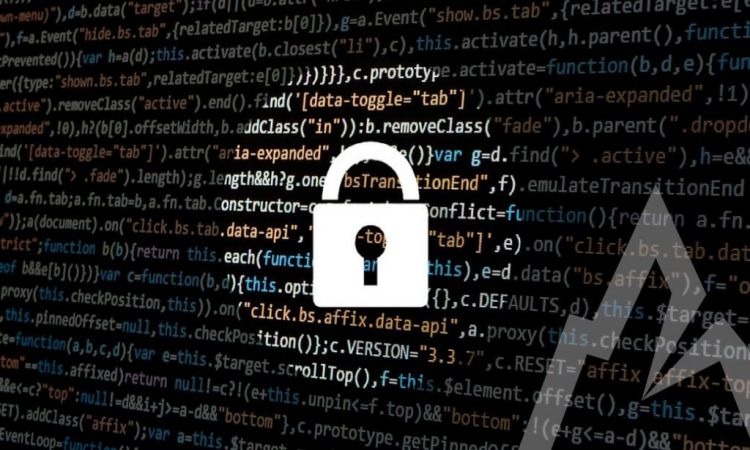 Everyone can testify to an experience with hackers either personally or through someone they know. The hackers know of many clever ways to scam you, and sometimes not all the threats have to be online. Also, many people have online habits that make them vulnerable to hackers. So, what can you do to prevent hacking? Most hackers use tactics that influence human behavior to get information. Plus, most people, doing different things online. Such as browsing the net, streaming The Pirate Bay shows, gaming, and others should learn the secrets below hackers use to know how to stay safe.
Everyone can testify to an experience with hackers either personally or through someone they know. The hackers know of many clever ways to scam you, and sometimes not all the threats have to be online. Also, many people have online habits that make them vulnerable to hackers. So, what can you do to prevent hacking? Most hackers use tactics that influence human behavior to get information. Plus, most people, doing different things online. Such as browsing the net, streaming The Pirate Bay shows, gaming, and others should learn the secrets below hackers use to know how to stay safe.
1. They send personal emails
Spear phishing is common among hackers. As a way to send targeted emails to get individuals to share their passwords or financial information. Today, the email tactic is different than before. Using spelling and punctuation errors was the norm, but today it has sophistication and looks like art. For instance, they call you by name, mention the project you are working on, and may even use your professional title. To spot such emails, look for unusual and incorrect URLs, suspicious attachments, requests for money, among other things. Also, if the email is not from someone you know, do not open the link or attachments.
2. They can crack retailers
Hackers can get to the supposedly safe retailers, for they do not protect their data well. The hackers sell the retailer brand’s information on the black market, and other criminals make fake cards and use them for shopping. To outsmart hackers on this, avoid saving your financial information when you shop online. Also, ask your bank for a new credit card if you fall prey to an attack. Plus, ensure you scrutinize your statements to confirm the details are correct.
3. While you browse they sneak
Today, there is a growing number of cyberattacks through drive-by downloads. You may visit a website thinking it is harmless. But in the background, they have redirected you to a series of sites that hack you. In most cases, even the owner does not know of their site’s hacking. Search engines may have a list of malicious sites, but most sites change regularly. To prevent this, use a browser that updates automatically, and if you use Internet Explorer, you are more vulnerable to attacks.
4. They fool people with bogus software updates
 As part of computer literacy, most people know they should update their software to protect it. However, hackers send fake updates with malicious programs to your computer. Therefore, always check through the software providers’ websites to see if the update is on schedule. Also, close your browser to see if the pop-up browser will disappear. If it disappears, in most cases, it is a fake one.
As part of computer literacy, most people know they should update their software to protect it. However, hackers send fake updates with malicious programs to your computer. Therefore, always check through the software providers’ websites to see if the update is on schedule. Also, close your browser to see if the pop-up browser will disappear. If it disappears, in most cases, it is a fake one.
5. They eavesdrop on public Wi-Fi networks
Your connection may be to a legitimate public network, but hackers can snoop on your computer session and your hot spot. Thus, it is vital to avoid using public Wi-Fi networks. More so if they have no passwords. Alternatively, sign up for a VPN service or set up your smartphone as a secure hot spot. If you have no option but to use the public Wi-Fi, do not do any financial transactions, and encrypt your communications use a browser extension everywhere.
6. They love your Bluetooth headset
Hackers can connect to your phone, manipulate it and steal your data. If you leave the Bluetooth on while using a hands-free handset all this is possible. So, ensure you turn the blue tooth function off after using it. Also, if you are pairing with another Bluetooth device, use a security code. As much as Bluetooth use feels safe, it is now easier for hackers to use this route to hack unsure individuals.
7. They take advantage of typos
 The fake sites with slight alterations look similar to the original site you want to visit. Unfortunately, they are designed in this way to install malware on your computer or to steal your data. Therefore, before you log in, always check the site’s address before putting your password and name, especially where the home page looks different. Also, before typing your credit card information, check for the https in the address.
The fake sites with slight alterations look similar to the original site you want to visit. Unfortunately, they are designed in this way to install malware on your computer or to steal your data. Therefore, before you log in, always check the site’s address before putting your password and name, especially where the home page looks different. Also, before typing your credit card information, check for the https in the address.




